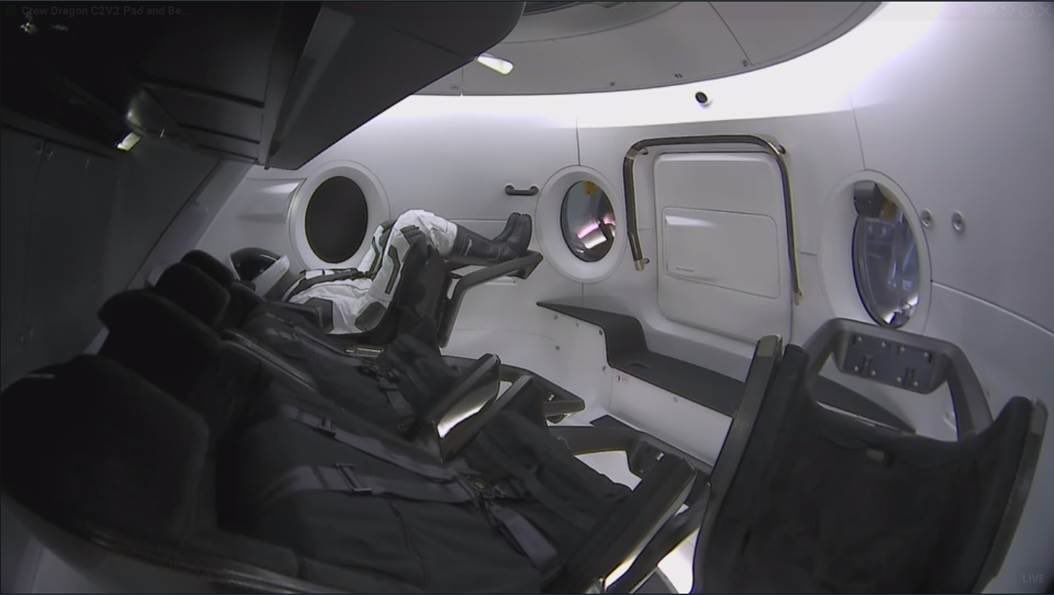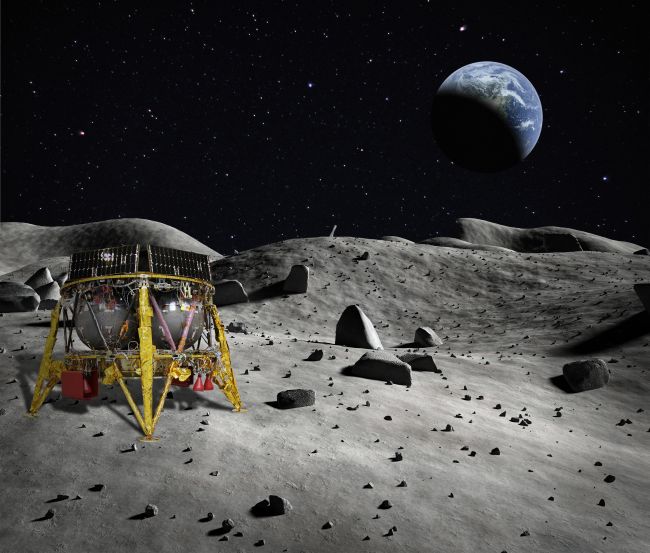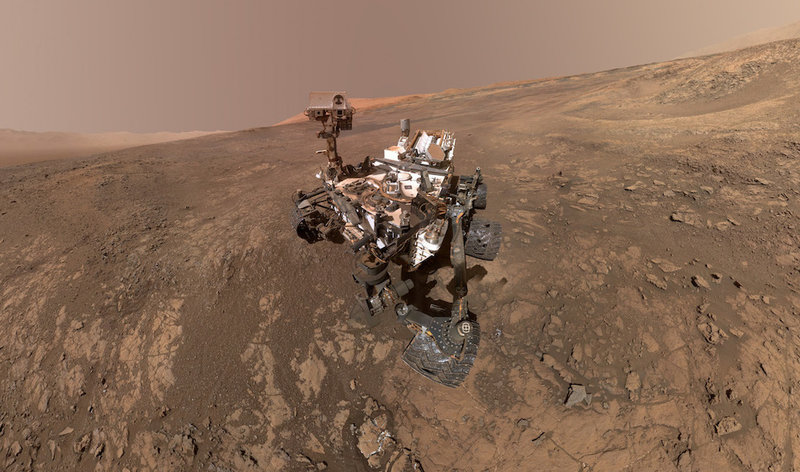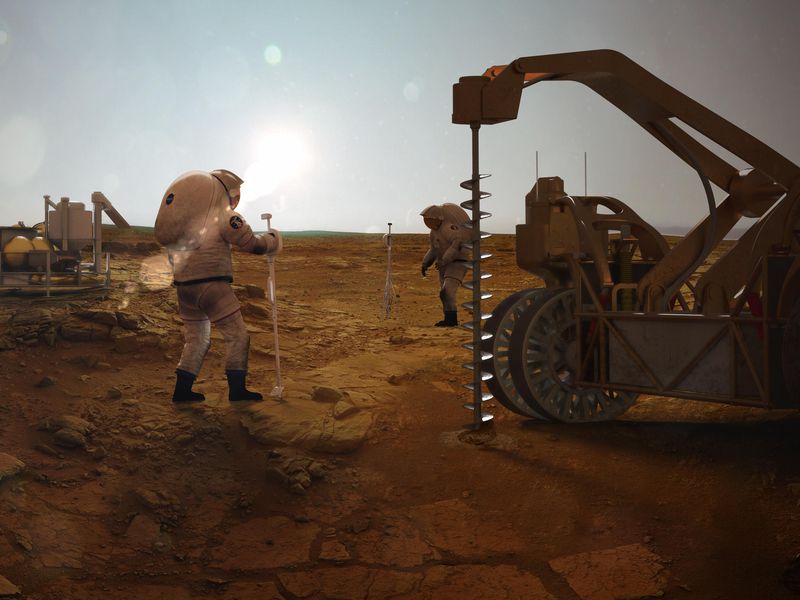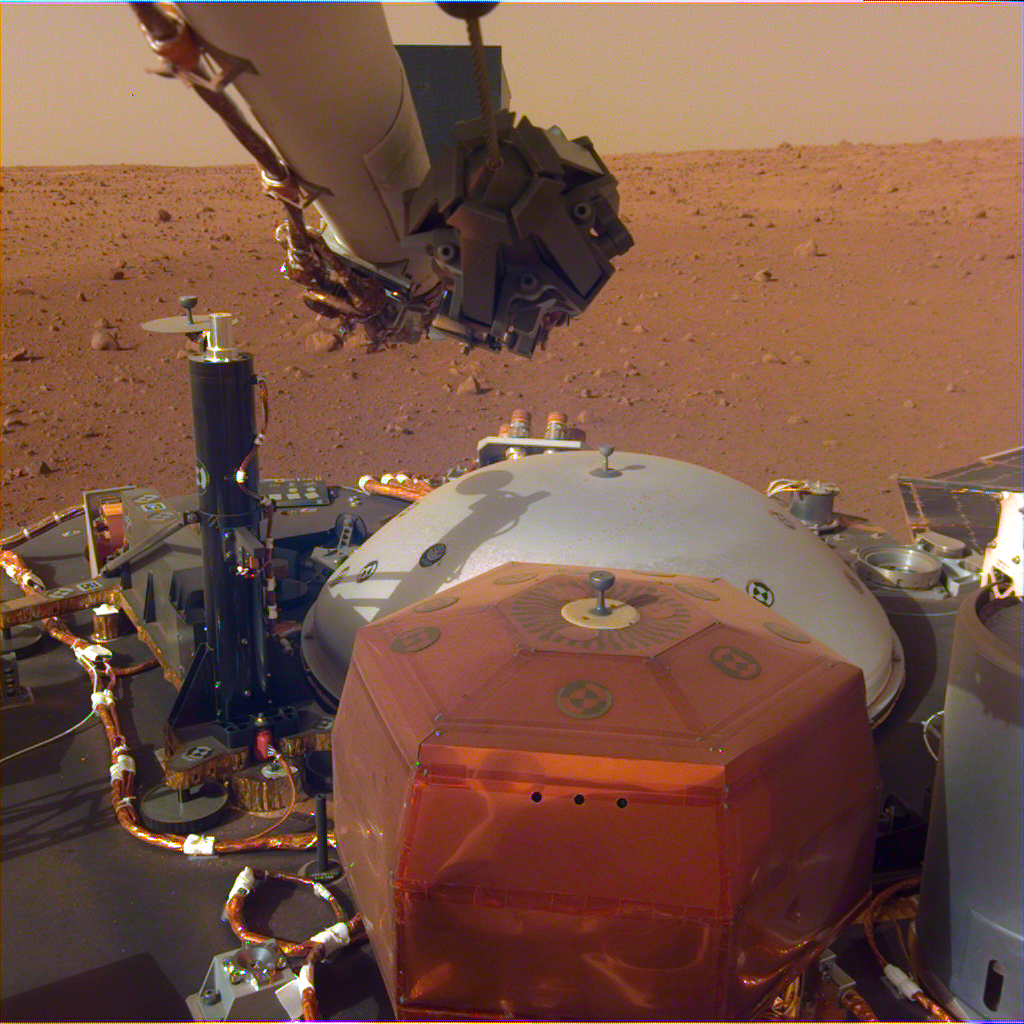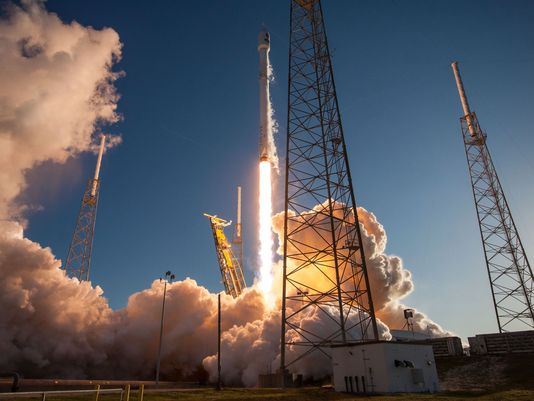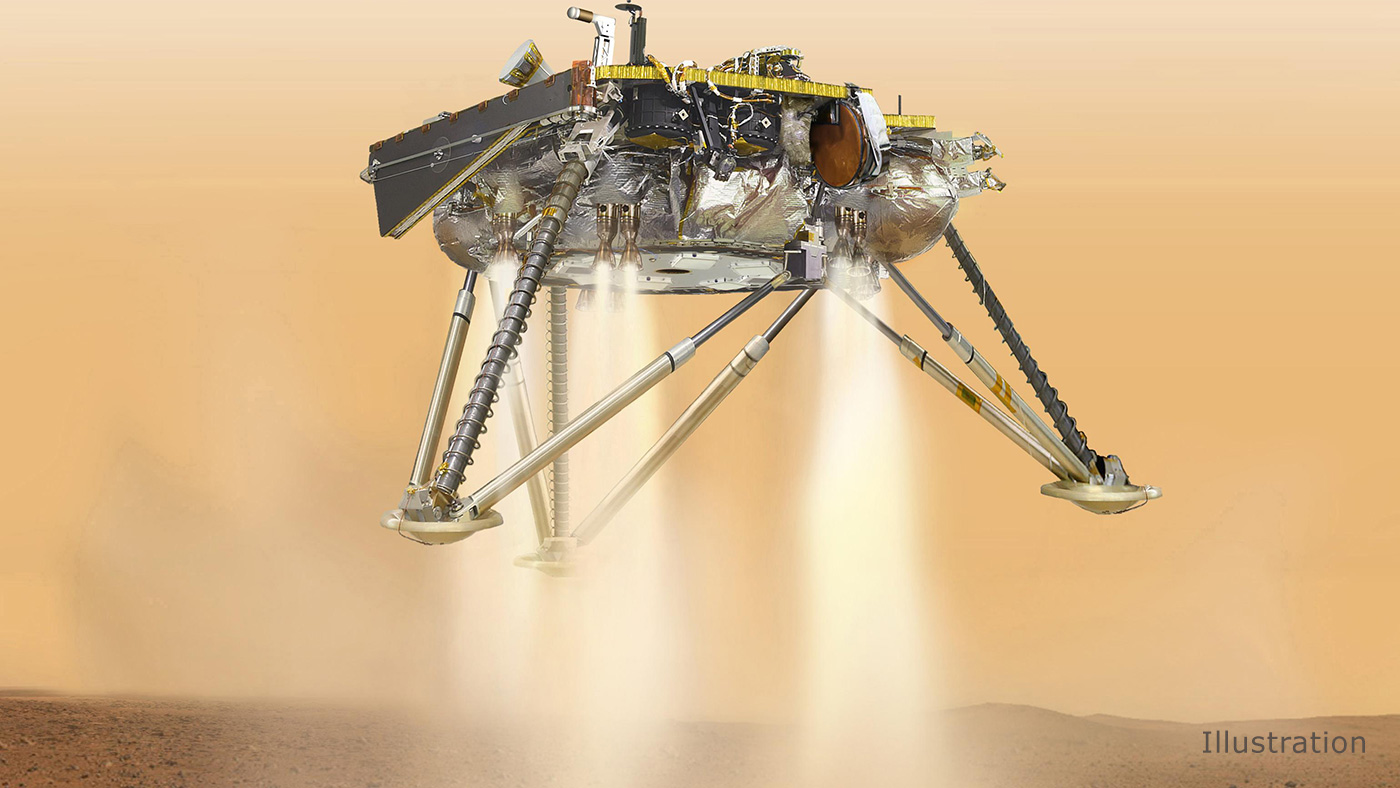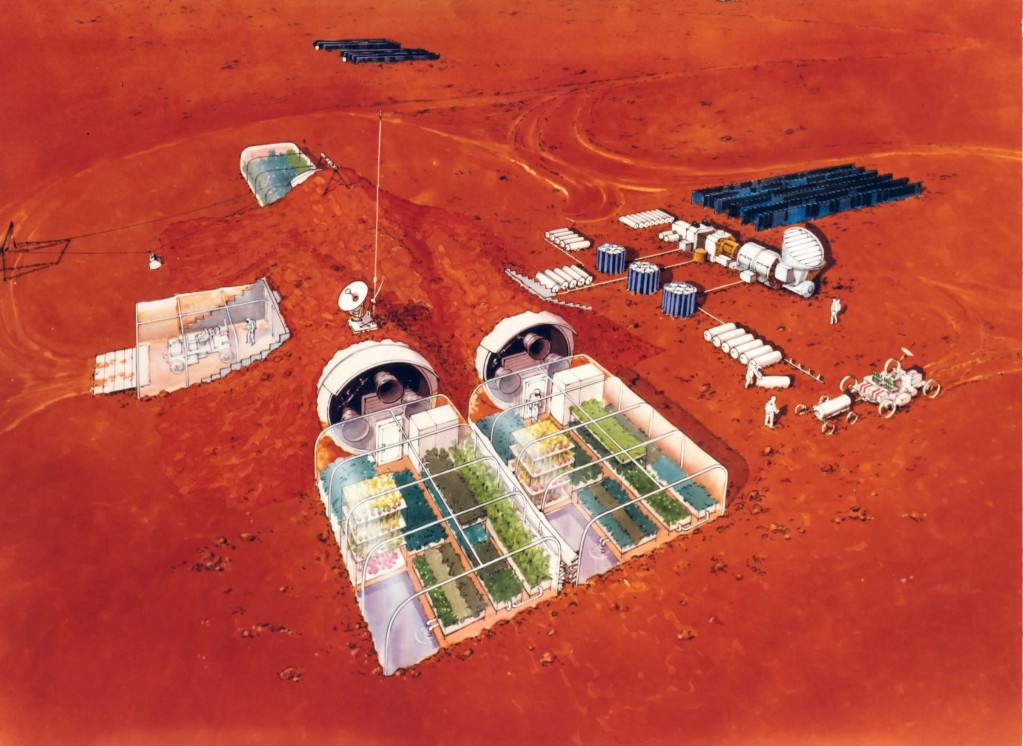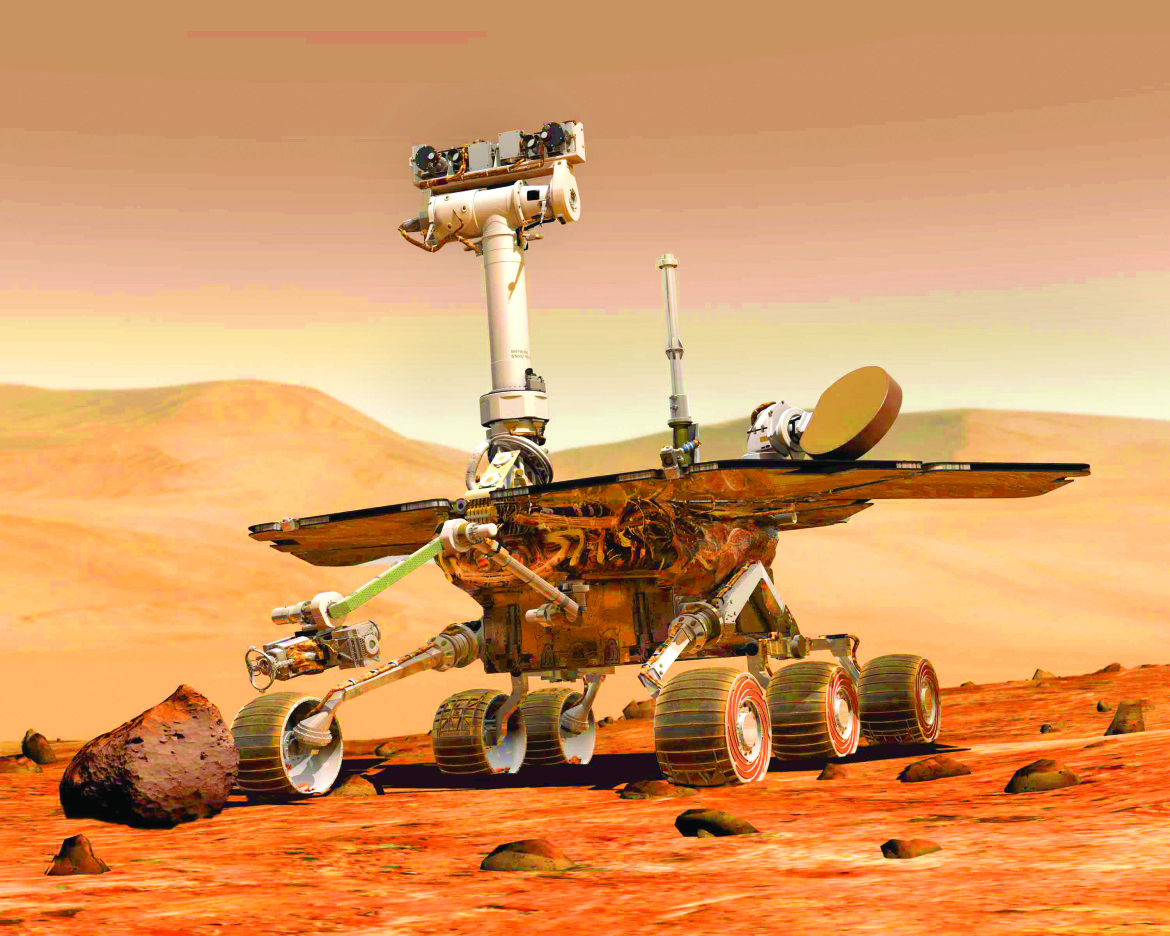
(Image Credit: NASA / JPL-Caltech)
NASA is hard at work on their new Mars 2020 rover, which is intended to make planet-fall in early 2021. Bundled with this rover is an extra added bonus, of a small exploration-ready helicopter! The Mars Helicopter Scout (MHS) will mark the first time a human craft has flown on another planet. The potential for exploration is hard to overstate – while the rover programs have been tremendously successful, they are hampered by careful and deliberate navigation of difficult terrain, one inch at a time. An airborne solution suddenly releases scientists from that 2-dimensional constraint, and will open new avenues of research and discovery.
Of course – it also presents technical and AI-related challenges, because the copter must be able to maneuver autonomously in large part, due to the communication delay with the red planet.
What, you may ask, of the atmosphere? Well, that’s a great point! Mars has an atmosphere which is only 1% as dense as that of Earth, but it turns out that is still sufficient for the proposed little copter to take flight. It simply requires blades which are larger, more rigid, and which rotate quite a bit faster than an Earthly counterpart. For more excellent detail, see NASA’s 10 things article all about the copter!
As a summary of the engineering required for the craft, the body of which will be about the size of a softball:
* The Mars Helicopter’s rotors measure 4 feet wide (about 1.2 meters) long, tip to tip.
* At 2,800 rotations per minute, it will spin about 10 times faster than an Earth helicopter.
* The blades are much stiffer than any terrestrial helicopter’s would need to be.
* The helicopter will weigh just under 4 pounds (1.8 kilograms).
References:

